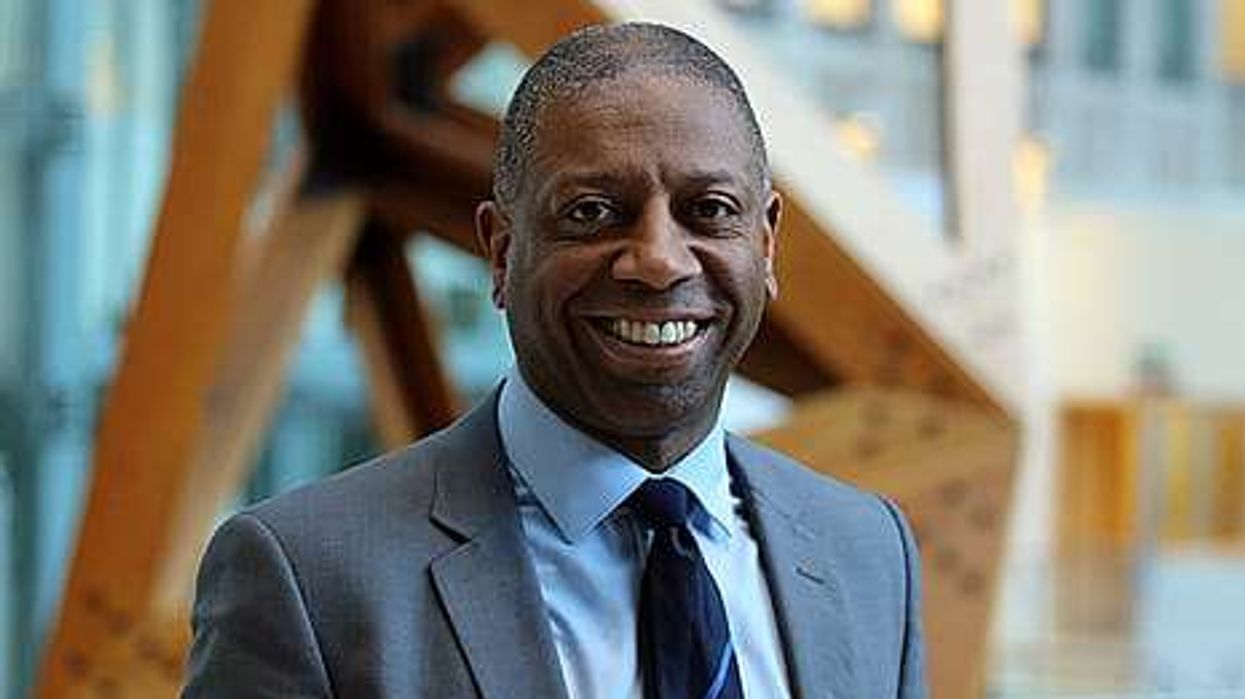He’s been called India’s Donald Trump: a media-savvy right-wing populist who is unafraid of upsetting everyone from the ruling elite to religious minorities as he rails against corruption.
And after returning to parliament following a 15-year absence, Subramanian Swamy says he won’t temper his shoot-from-the-hip style that has made him one of India‘s most popular if divisive politicians.
“The country’s mood has changed, like in America,” said the 76-year-old.
“You know Donald Trump—I would never have thought that a politician in the US could even get out of the first round (of the presidential primaries) with the kind of bluntness that he has shown.
“But people now want to know the truth and I have established that what I say I mean, I mean what I say.
“People come up to me in airplanes and other places and they want to shake hands, take a selfie and say that we like you very much because you tell us the truth.”
A Harvard alumni, Swamy first entered parliament as an elected member of the lower house, the Lok Sabha, in 1977 and had a stint as law minister from 1990-91.
After a lengthy absence from Delhi’s corridors of power, he was nominated to the upper house, the Rajya Sabha, last month with the backing of Hindu nationalist Prime Minister Narendra Modi.
It gives him a new platform to flay the likes of opposition leader Rahul Gandhi, whom he has ridiculed as an idiot, and tell central bank chief Raghuram Rajan to “go back to Chicago” where he was a finance professor.
While raucous debate is a regular feature of India‘s parliament, personal insults are meant to be off limits but the quick-witted Swamy often manages to outsmart the speaker.
“Everyone knows buddhu (a Hindi word meaning idiot) is codeword for Rahul Gandhi but it escaped expunging as the speaker didn’t know what I was saying,” he joked.
His similarly irreverent social media posts have brought him 2.64 million Twitter followers, more than four times Gandhi’s following.
But supporters say Swamy is more than just a parliamentary wag and point to his track record of helping expose top-level corruption.
His dogged campaigning over the corrupt allocation of telecoms licences a decade ago helped put one government minister behind bars.
More recently, he has been asking awkward questions over a controversial deal to purchase military helicopters from the Italian company Agusta.
Swamy has also filed a private criminal complaint accusing Gandhi and his mother Sonia—president of the main opposition Congress party—of misappropriating property belonging to a now-defunct newspaper.
Both fiercely deny Swamy’s allegations, saying the claims are evidence that Modi and his allies are pursuing a vicious vendetta against them.
Swamy’s critics say that many of his accusations fail to stand up and the supposedly fearless Swamy is soft on the current government.
Although Swamy used to head his own party, he joined Modi’s Bharatiya Janata Party in 2013, a year before it won power.
They also accuse him of stirring religious tensions in a country with a gory history of communal violence, notably by urging the construction of a Hindu temple at a site also claimed by Muslims in the city of Ayodhya.
He has argued that Muslims—who account for around 14 percent of the population—should be stripped of their right to vote unless they acknowledge their Hindu ancestry.
“Those minorities who stay with us, they may have complete freedom to follow their religion but culturally they should be like us,” he said
Writing in The Hindustan Times, the author Manu Joseph said Swamy’s hardline towards Muslims and the Gandhi family—who epitomise India’s traditional elite—mean he is “surely the Trump of India”.
Both men had benefited from the feeling “that political correctness has become despotic and stifling”, Joseph argued.
“In Trump and Swamy and others of their type, people find an outlet,” he added.
Some observers say Swamy’s confrontational style will backfire for the government, which needs to start mending bridges if it wants to get key policies through parliament.
Such arguments cut little ice with Swamy who is dismissive of what he calls a glorified “debating club” in the world’s largest democracy.
“Should I forget about corruption so that you can pass some bills? Don’t be silly,” Swamy said.











